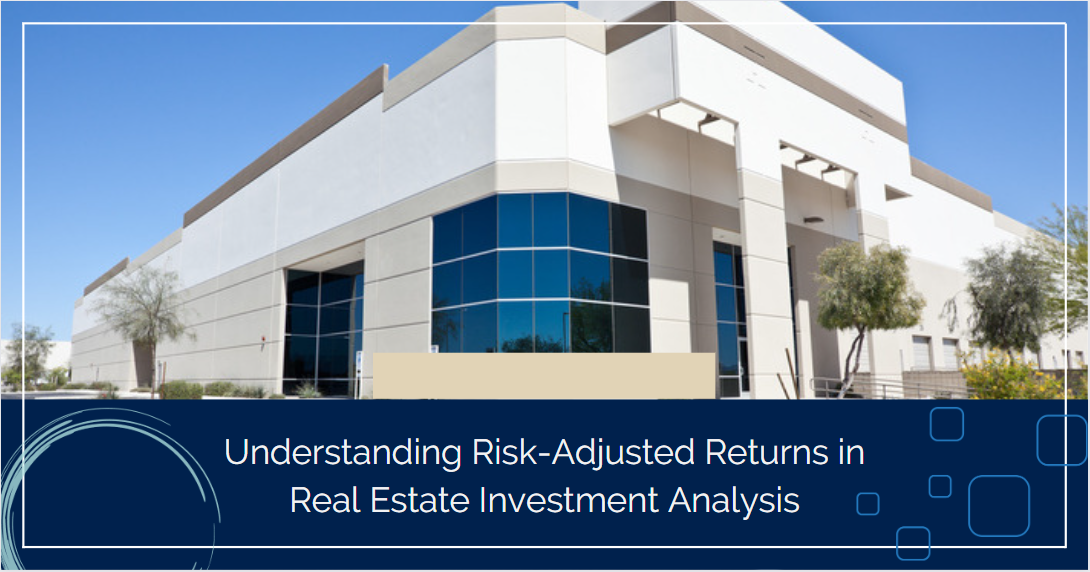In real estate investment, navigating the intersection of potential returns and associated risks is crucial. A key concept in this context is risk-adjusted returns, which attempts to asses the relative rewards of real estate investments versus their inherent risks.
Risk-adjusted returns represent the financial yields from an investment after incorporating the degree of risk involved. For real estate investments, this risk could stem from multiple sources, including market volatility, macroeconomic trends, asset-specific considerations, and financing dynamics. Hence, the assessment of risk-adjusted returns equips investors with an essential yardstick to measure if the anticipated rewards sufficiently offset the associated risks.
In the toolkit for evaluating risk-adjusted returns in real estate, certain metrics are useful and commonly used. One such measure is the capitalization rate, or 'cap rate'. The cap rate is the ratio of a property's net operating income (NOI) to its market value, serving as an indicator of the potential return from an income-producing property. A higher cap rate typically signifies a higher prospective return but may also imply increased risk.
Another vital metric for assessing risk-adjusted returns is the internal rate of return (IRR). IRR encompasses the magnitude and timeline of cash flows generated by a real estate investment across its holding period. This measure calculates the discount rate at which the net present value (NPV) of an investment's future cash flows is neutral. By presenting a percentage return that encapsulates both the size and timing of cash flows, the IRR facilitates a more nuanced comparison of disparate investment opportunities.
However, focusing solely on returns presents an incomplete picture. Prudent investors must also look at the risk factors that could influence the investment outcome. Market risk, relating to the potential volatility in property values due to changes in macroeconomic conditions, interest rates, or supply-demand dynamics, is one such component. Property-specific risks entail factors like location, asset condition, tenant profile, and lease conditions. Accurately gauging and quantifying these risks is a key step in the comprehensive analysis of risk-adjusted returns.
Effective management of risk-adjusted returns also calls for portfolio diversification. Diversification involves spreading investments across a variety of property types, geographic locations, and risk categories, consequently reducing exposure to specific risks associated with a particular asset or market, and enhancing the overall risk-adjusted return profile of the portfolio.
Moreover, the role of leverage or financing in influencing risk-adjusted returns can't be overstated. Real estate investments typically involve a blend of equity and debt. Although leverage can augment returns during appreciation phases, it can also magnify losses during downturns. Therefore, a thorough evaluation of the cost of debt, loan terms, and their potential impact on cash flows and returns is key in the assessment of risk-adjusted returns.
In summary, a nuanced understanding of risk-adjusted returns is fundamental to competent real estate investment evaluation. By scrutinizing metrics such as cap rate and IRR, and by meticulously analyzing market risks, asset-specific risks, and leverage effects, investors gain a holistic view of risk-adjusted returns. Portfolio diversification and careful scrutiny of financing conditions further enhance this assessment. This comprehensive approach to risk-adjusted returns serves as a cornerstone for informed decision-making and the construction of resilient real estate portfolios.


